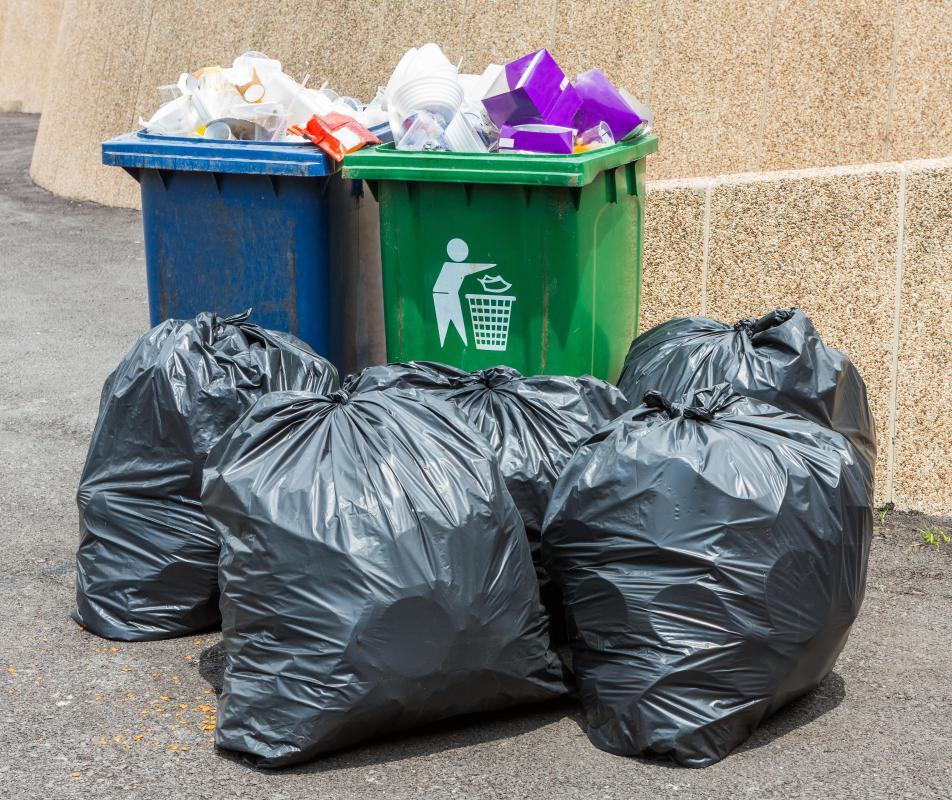At WiseGEEK, we're committed to delivering accurate, trustworthy information. Our expert-authored content is rigorously fact-checked and sourced from credible authorities. Discover how we uphold the highest standards in providing you with reliable knowledge.
What Are the Best Tips for Compactor Repair?
Repairing a compactor may be a fairly simple process, or a more complex one, depending on the type of compactor being repaired. Generally, the first step in any compactor repair process is to disconnect the unit from its power source. This will help prevent electrical shock that can lead to injury or even death. This is exceptionally important and applies to all compactor repair processes. Once the power is disconnected, a proper diagnosis of the machine can be made without risking injury to the repairman or damage to the compactor unit.
If at all possible, obtain a schematic or instruction manual before attempting any compactor repair. A schematic will give the repairman an idea of where key components are located, and an instruction manual may have valuable troubleshooting information inside. If neither document is available, try consulting the manufacturer's website, or calling the manufacturer to obtain such documents. Contacting the manufacturer is also a good idea to find out if any recall information is available about that particular compactor model. If components or models have been recalled, the compactor repair may not be necessary after all; replacement of the unit may then be in order instead.

In most cases, however, compactor repair will be necessary, and the first step will be to empty the contents of the compactor. Any trash or items to be compacted will need to be taken out of the compactor, and the unit should be cleaned thoroughly. Cleaning the compactor ensures that no buildup will affect the repair process, and it will help protect the repairman from bacteria or other filth. If the unit is a trash compactor, or a machine that routinely handles potentially hazardous materials, the repairman should be sure to wear all appropriate safety equipment, including gloves, breathing mask, goggles, and even a hard hat, if applicable.

Many types of compactors use hydraulic cylinders that will perform the compacting motion. If this is the case, the repairman will need to have some knowledge of the way hydraulic systems work. Attempting to repair a hydraulic system without the proper skills and knowledge can lead to damage to the unit, thereby exacerbating the problem rather than fixing it. Many hydraulic cylinders contain oils or other viscous materials that can be harmful if it comes in contact with the skin or eyes, so adequate protection must be worn when working on such systems. Any oils drained from the system will need to be disposed of properly.
AS FEATURED ON:
AS FEATURED ON:












Discuss this Article
Post your comments